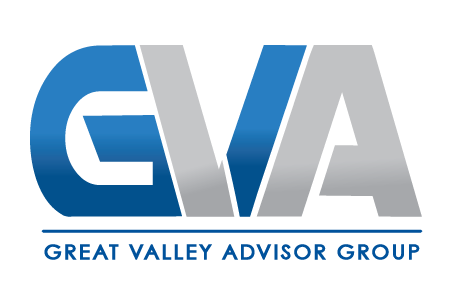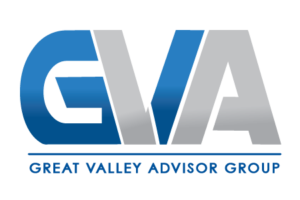SECURE Act 2.0 – So what now?
By now you have all likely read about or received countless emails about the long-awaited SECURE 2.0 Act provisions, contained in the $1.7 trillion Consolidated Appropriations Act of 2023. Much has been written on the provisions and potential for savings improvement, so what do we do now? Plan sponsors and administrators should be made immediately aware the Act and of the changes that will take effect in 2023, although many provisions have delayed effective dates. Many in the industry are waiting on additional guidance from the IRS and DOL before implementation and adoption.
Below are some of the highlights, however there are over 90 changes within the bill related to retirement plans. This means every plan must be reviewed carefully and thoughtfully to determine the impact on costs, benefits and most importantly, operations for each plan sponsor. No small task given the breadth of potential changes!
One of the main goals of SECURE 2.0 is to increase employee participation in retirement savings plans. To achieve this goal, the law will require new 401(k) and 403(b) plans to have automatic enrollment and automatic escalation starting at a default rate of 3% beginning in 2025. Existing plans are grandfathered, and there are some exemptions for small employers with 10 or fewer employees. In addition, the participant Savers Credit will be modified after 2026 to make it refundable and turn it into a direct government matching contribution to an IRA or eligible retirement plan. The catch-up contribution limit for employees aged 60+ will also increase beginning in 2025.
SECURE 2.0 also includes provisions to incentivize the creation of new retirement plans. These provisions include enhanced small employer plan start-up credits beginning in 2023 and a new “starter 401(k)” simplified plan option that does not require employer contributions beginning in 2024. There is also a new 403(b) safe harbor plan option available. All of these new options will require enrolling all employees at a minimum deferral rate of 3%.
The law also makes changes to required minimum distribution rules to make them more lenient. Required minimum distributions are delayed for participants who are not age 72 or older by December 31, 2022. The age at which payments must commence increases to 73 in 2023 and 75 in 2033. The excise tax for failure to take required minimum distributions will also be reduced. In addition, changes to the annuity rules under Code Section 401(a)(9) will allow for certain lump sum payments and annual benefit increases of up to 5%. Roth 401(k) accounts will no longer be subject to pre-death required minimum distribution rules beginning in 2024.
SECURE 2.0 encourages the use of Roth contributions by allowing participants to choose to receive matching or employer nonelective contributions as Roth contributions beginning in 2023. Plans will need to be amended and it remains to be seen what payroll providers and recordkeepers are up to speed on this change.
Additionally, SECURE 2.0 allows certain part-time employees to contribute to 401(k) and 403(b) plans beginning in 2025. This change modifies a provision in the original SECURE Act that required part-time employees to work a minimum number of hours over three consecutive years in order to be eligible to contribute to these plans. Under the new rule, long-term part-time employees who have worked at least 500 hours in two consecutive plan years will be able to contribute to 401(k) and 403(b) plans after December 31, 2024. Employers are not required to match these contributions, and pre-2023 service is not taken into account under the new rule. This will have a big impact on employers with seasonal and rehired temporary workers.
Student loan repayments will also now be able to be matched in lieu of actual plan elective deferrals if a plan sponsor chooses to adopt. This will no doubt help recent grads start saving for retirement while also paying down their college loans. Administration of this provision may prove tricky to many small employers, but will likely become a standard provision for larger companies to help recruit new graduates.
There is obviously a lot to unpack to help plan sponsors and their participants navigate the changes and potential pitfalls. Contact GVA Consulting to learn how we can partner with you to navigate these important changes and deliver comprehensive service and value to your retirement plan clients.
Contact: Jason Kell (sjkell@gva401k.com)










